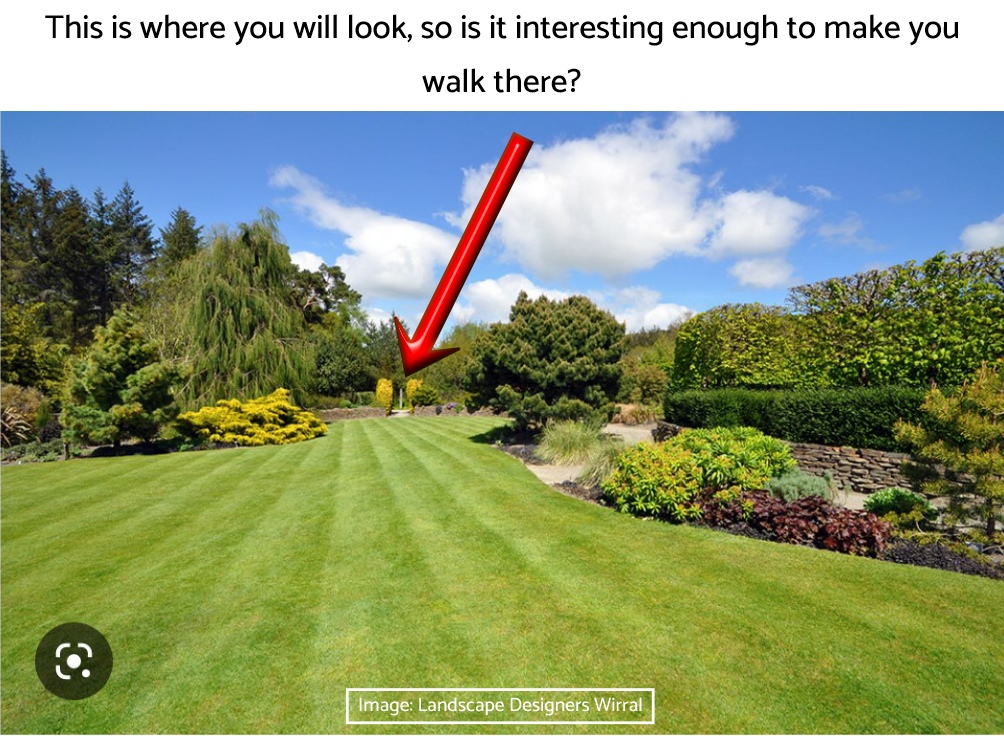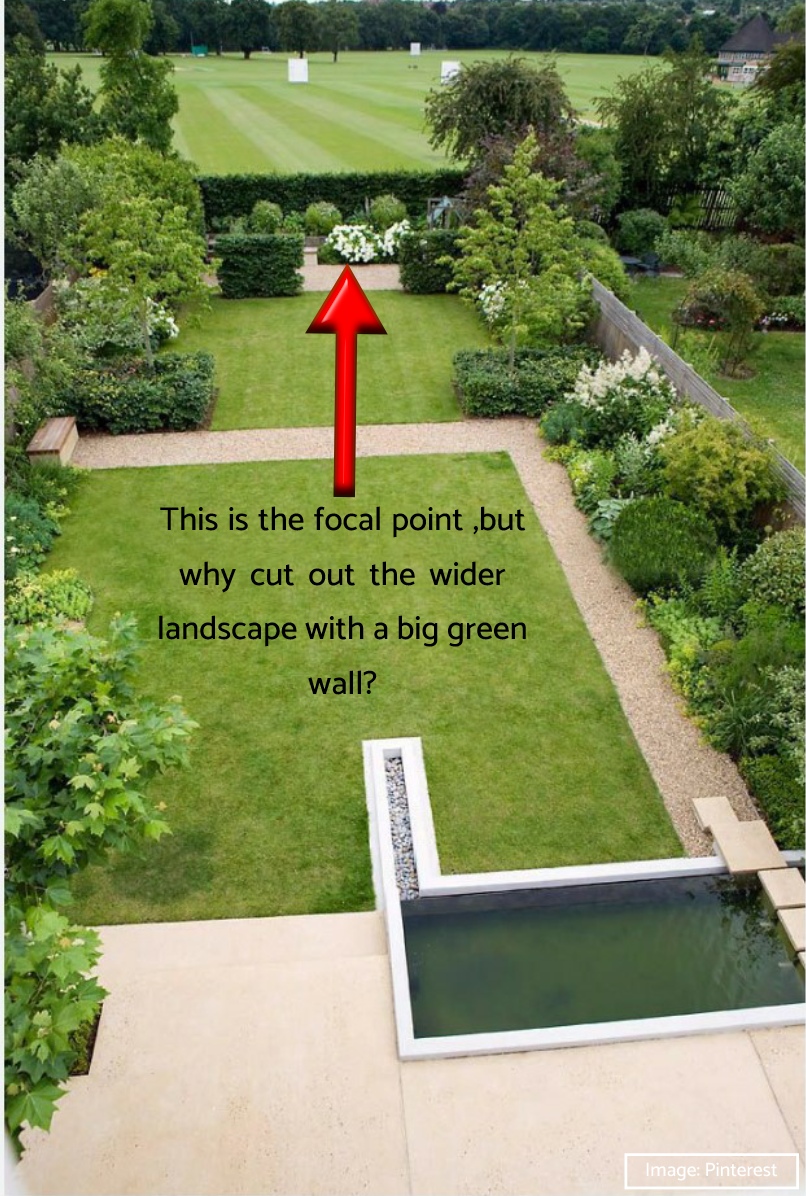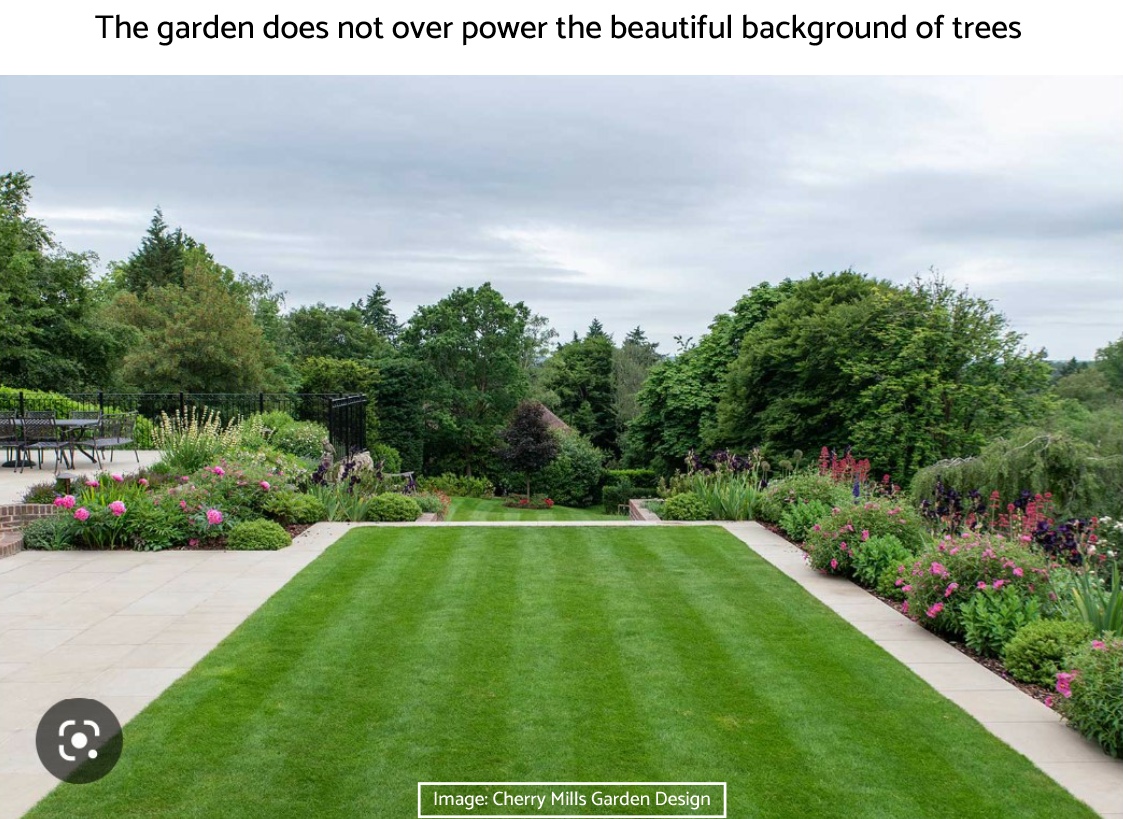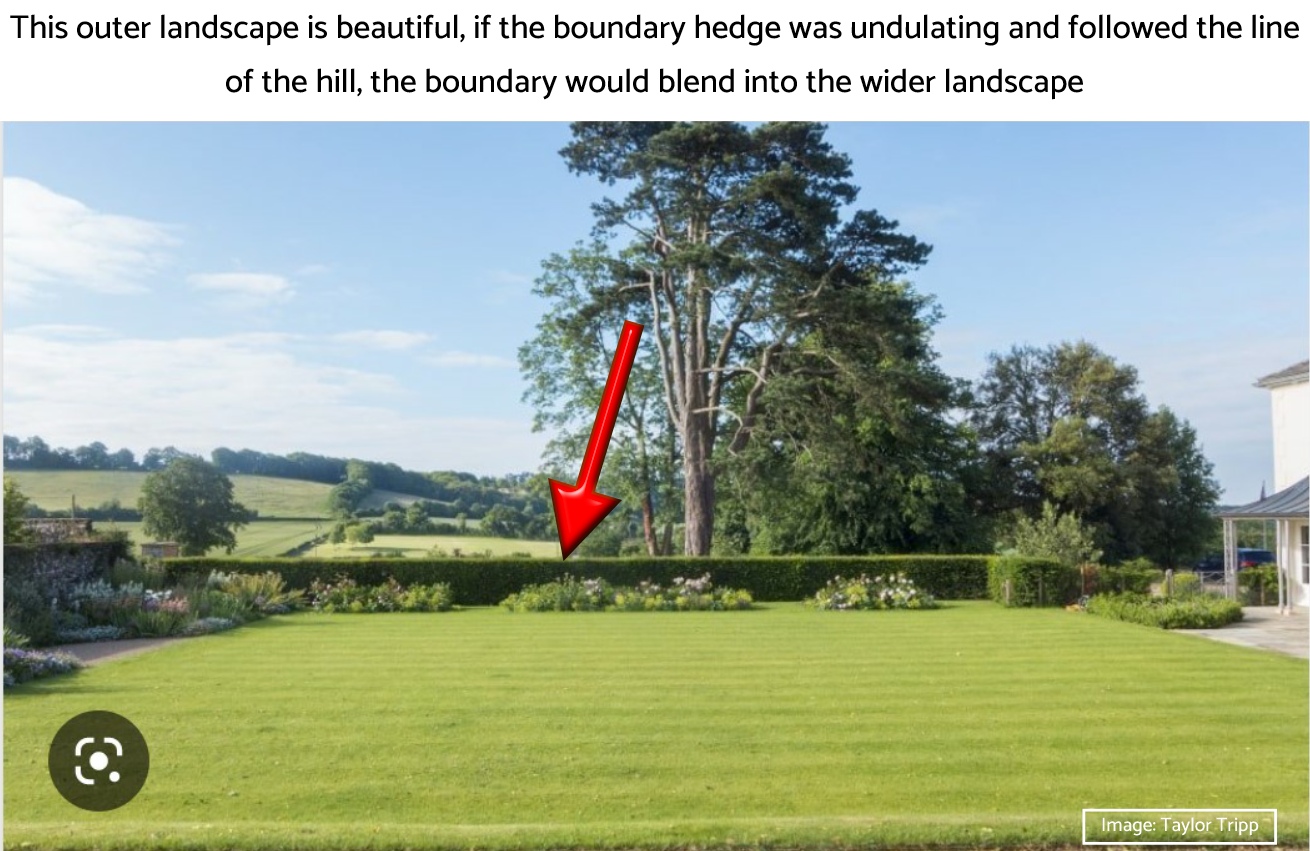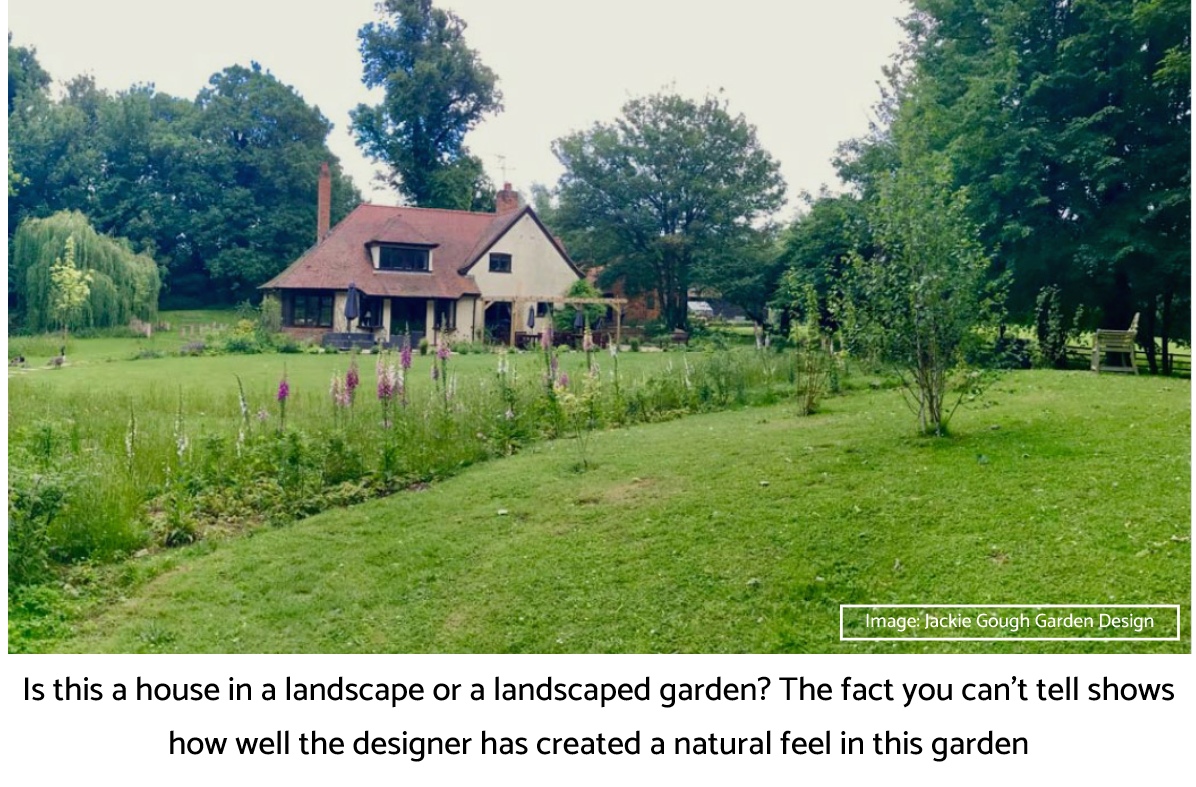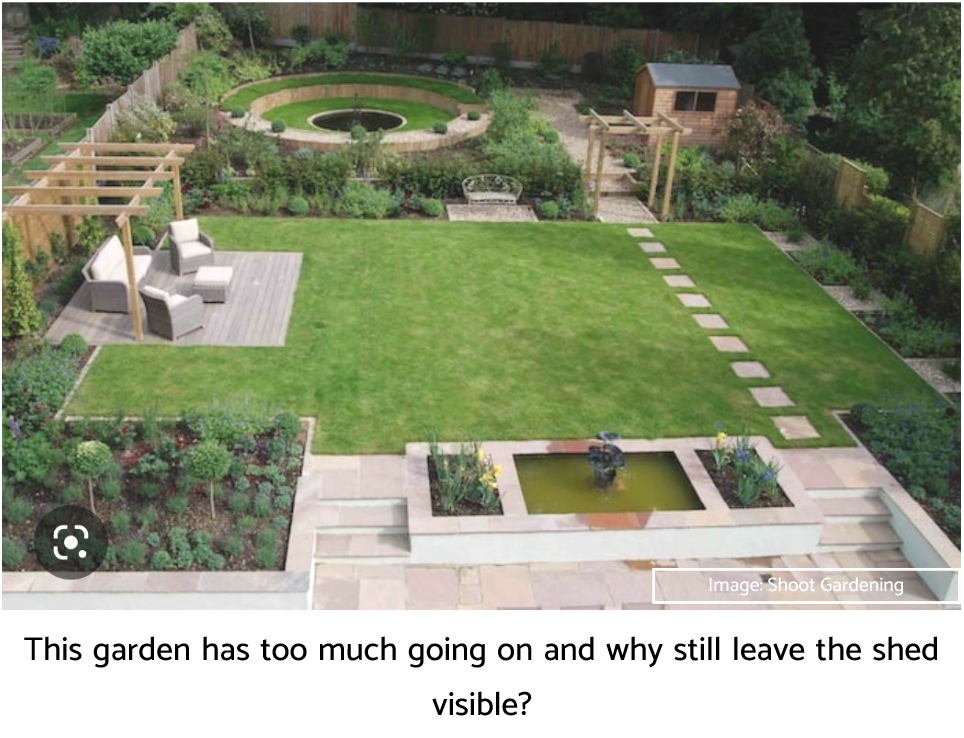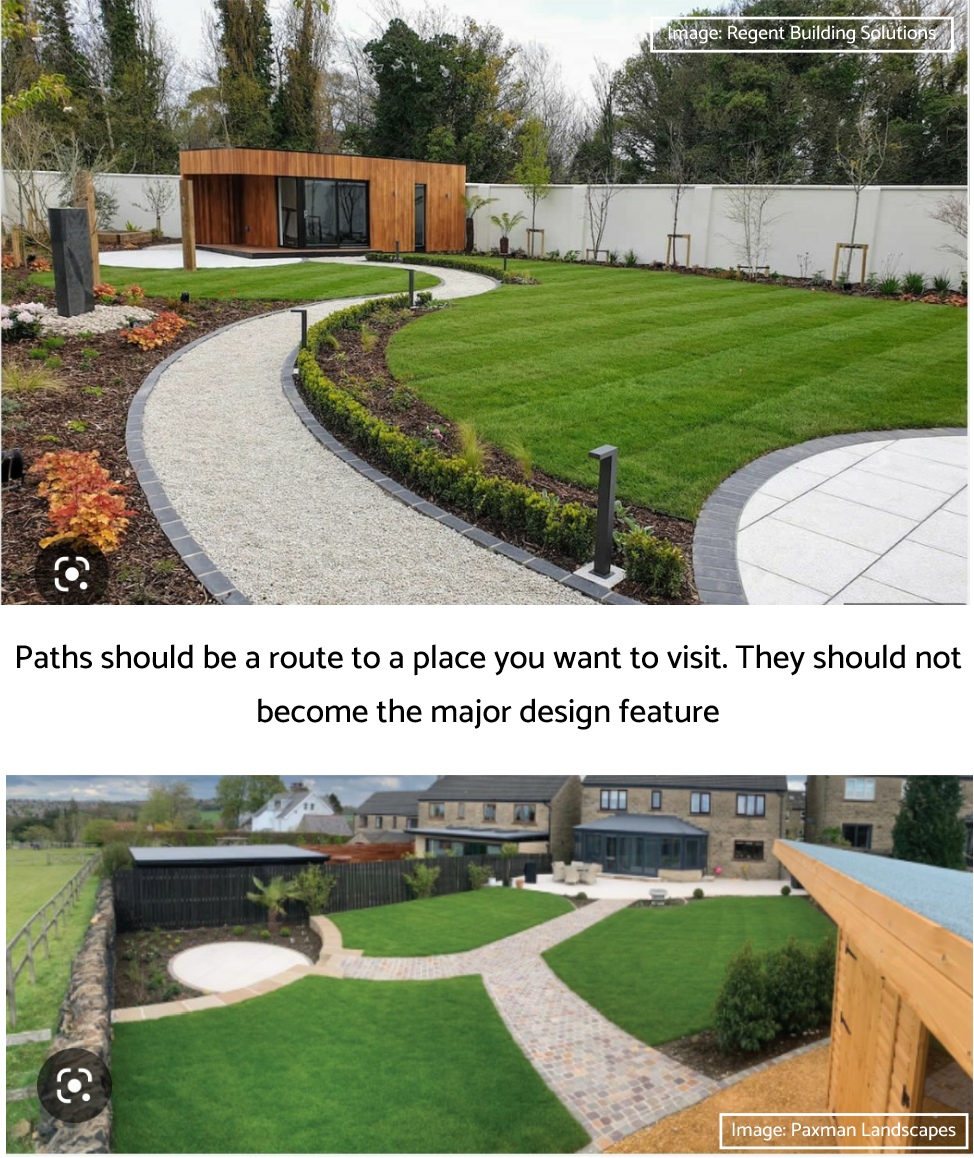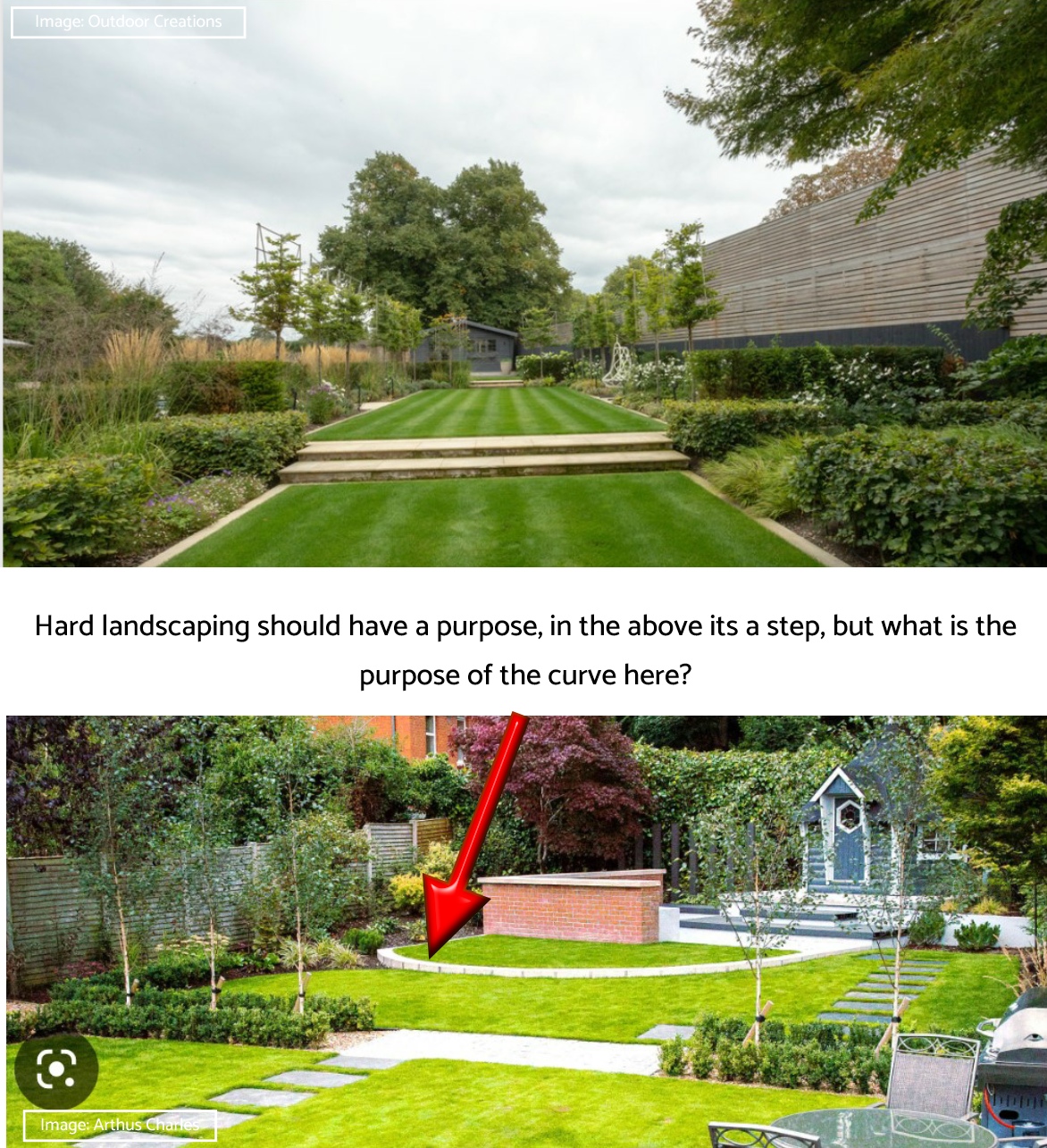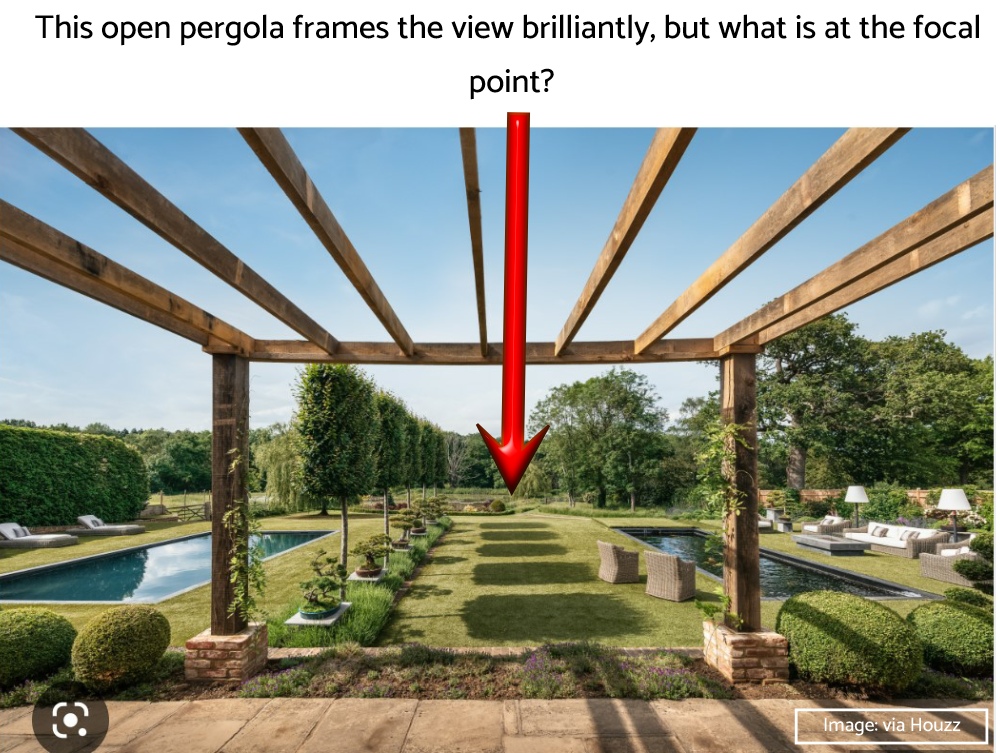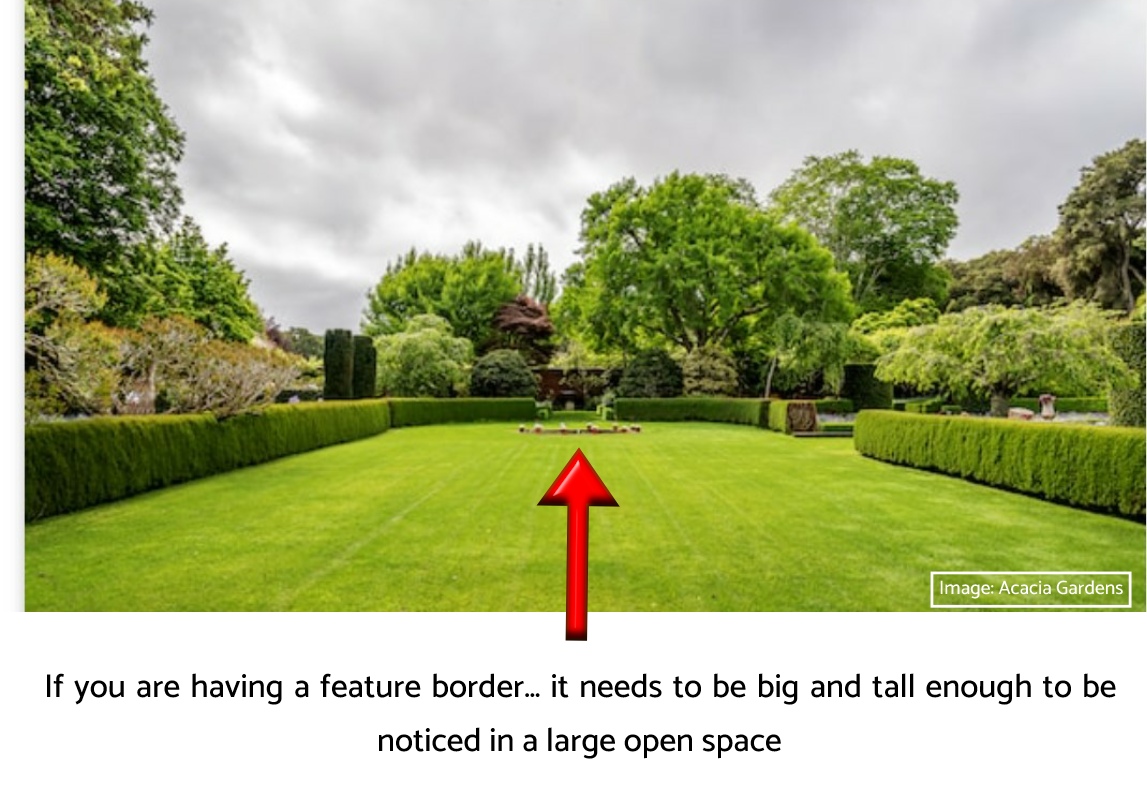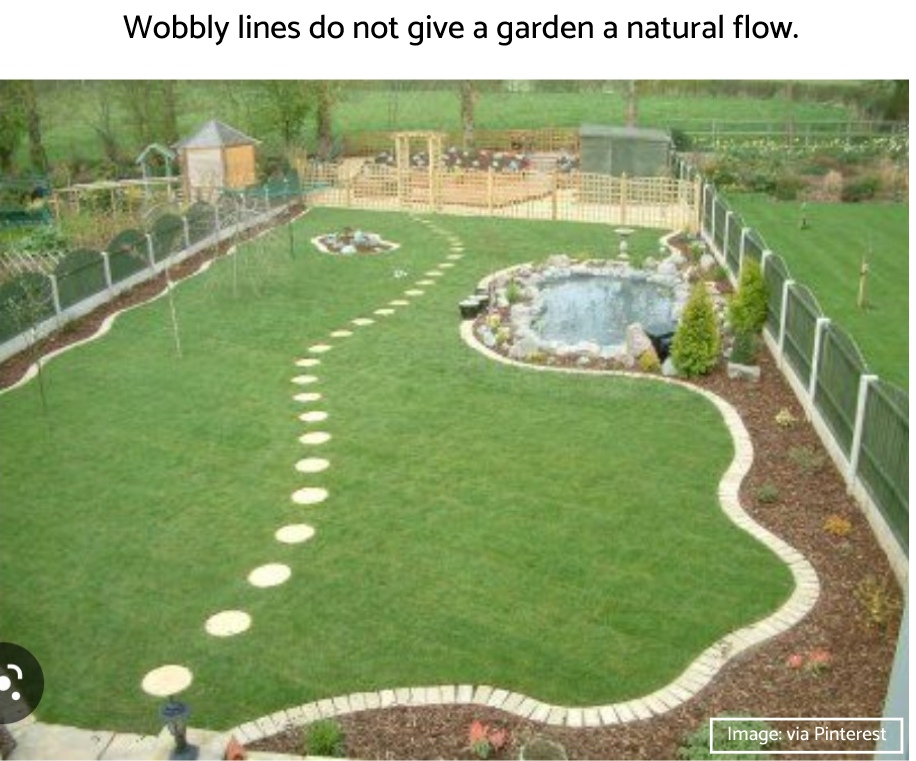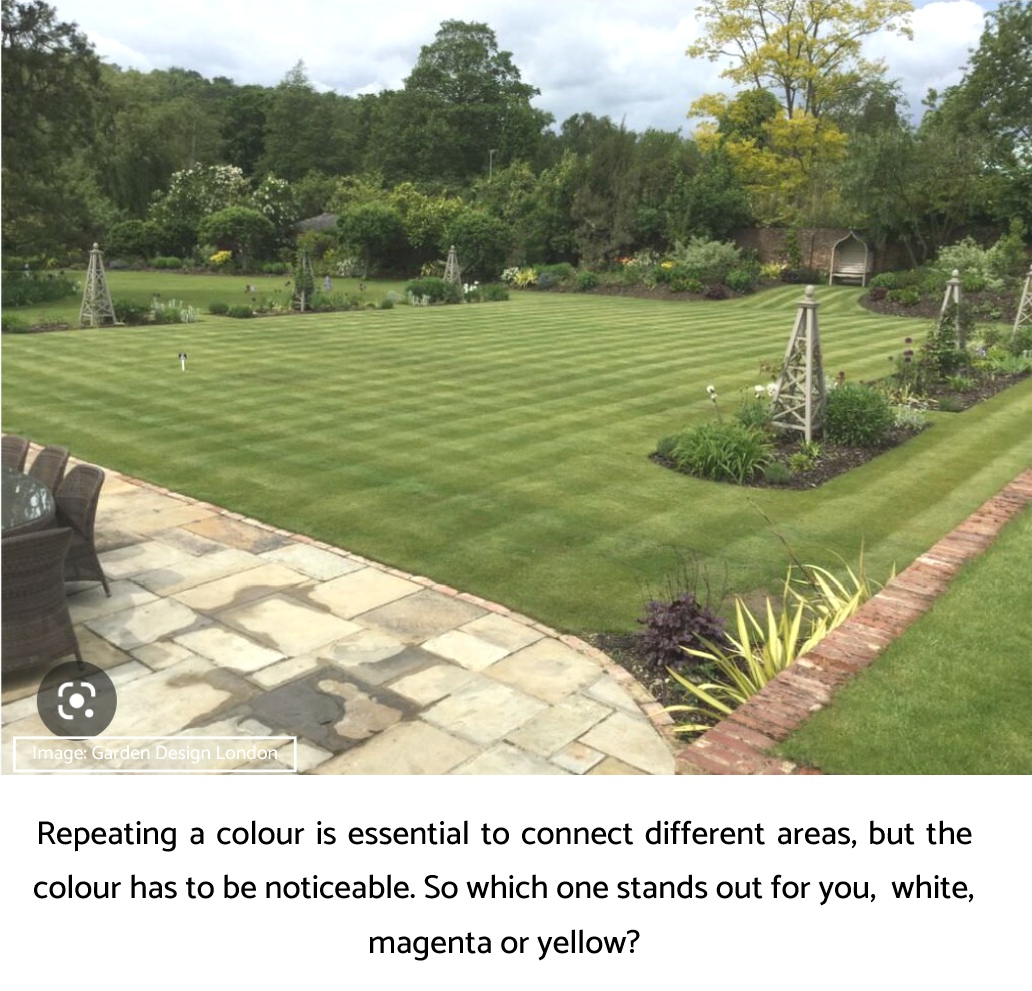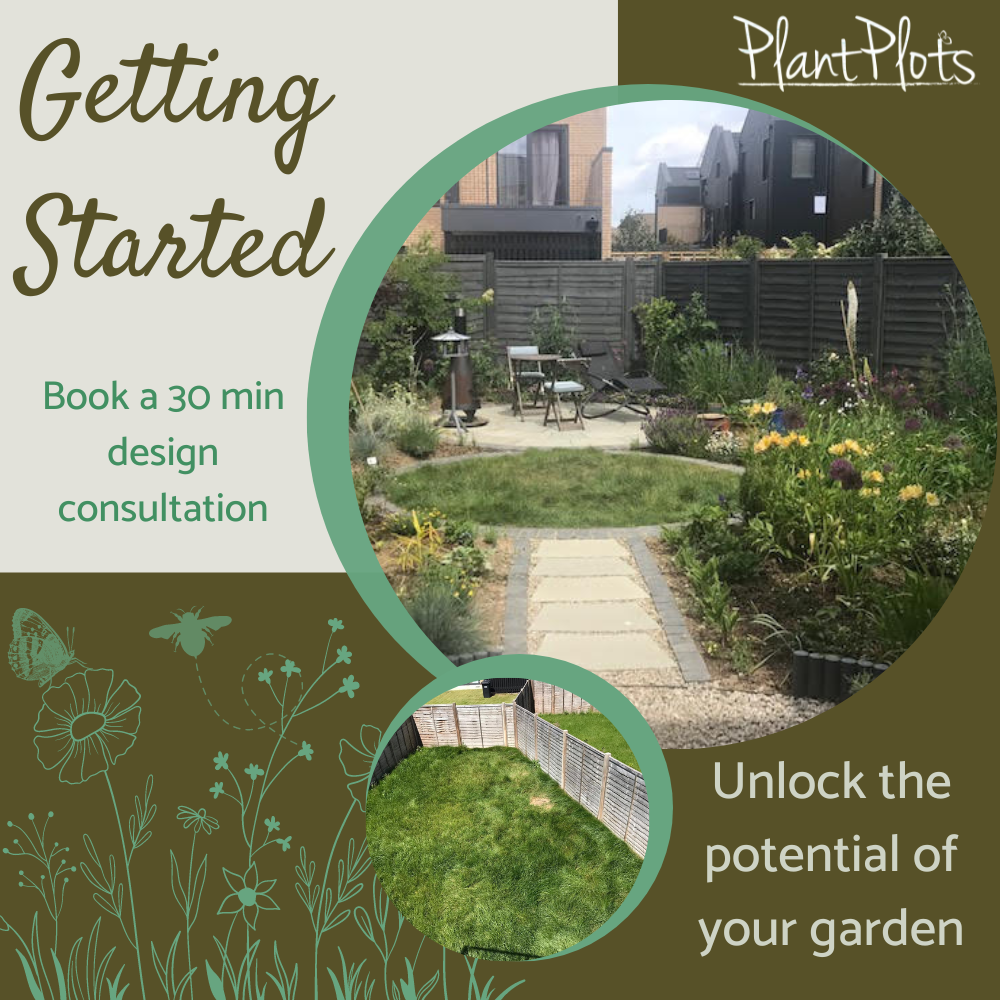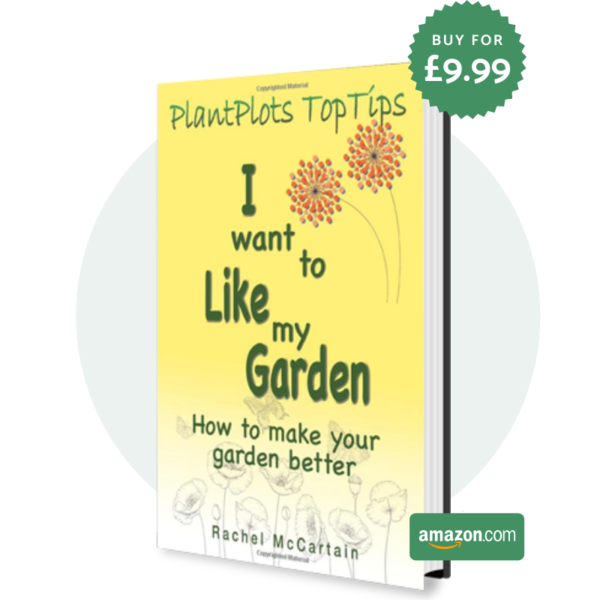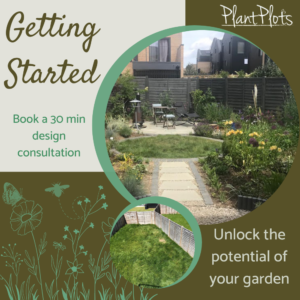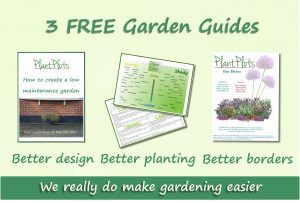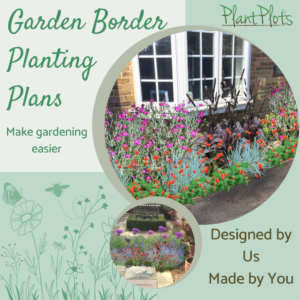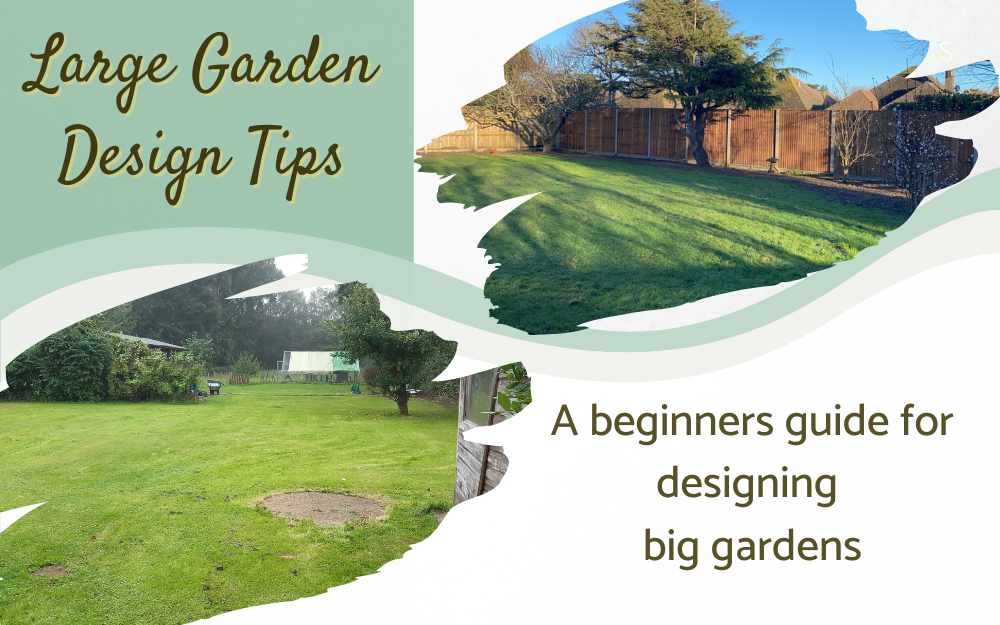
Large Garden Design Tips
Whilst most households have small gardens, some lucky owners can have large gardens. However, the problem of how to design it when you aren’t an expert gardener can be daunting. Any design or planting mistakes made are inflated because the space is bigger and you will have used more plants.
Hence many owners of larger gardens resort to landscape design firms and garden designers to help create the garden of their dreams. There is a problem though because you are not a designer, it is easy to allow the designer to create a garden for you. Now although this in most cases will be lovely, it is also usually quite expensive. The average cost of any garden design now runs into thousands of pounds and usually involves a lot of hard landscaping changes.
One of the best design tips to follow is to ask questions. Designing any larger garden involves the same design principles as a smaller garden, just on a bigger scale. The key to getting a large design correct is the question Why?
How can we help, type your design query below – we’ve got most garden design issues covered (hopefully), or watch our design videos
Ask the question Why?
Humans are by default inherently lazy creatures, if we have a patio outside the back door, that is invariably the most used spot. In order to understand what is needed in the new design layout. You need to ask yourself questions about how and why you would use a particular spot in the garden. However, larger gardens have more area for places to do things or to create places to sit. You just need to ask more questions.
- Why would I want to sit here?
- What will I look at if I sit here?
- Why would I want to walk over there?
- Will, what is there be worth the effort?
- When I am there, what will make me want to stay?
Views and Vistas
Larger gardens have one big advantage, they are usually surrounded by a more natural landscape. There are trees in the background or views of the wider countryside, both of which can be added to your own garden. The key design tip is how you structure the borders and boundaries, and there is a choice.
Nature does not create geometric shapes, horizontal hedges or right-angled corners, so your choice is whether you want to blur the boundaries of the garden or highlight them. If you use a manicured hedge, the difference between the end of the garden and the countryside beyond is very obvious. This may be something you like, but it will also define what is and isn’t yours. Now if you would prefer to feel as though the garden merged into the background, the borders need to contain plants, shrubs and trees that compliment the plants behind.
Style and Layout
Large garden design layouts fall into 3 main categories
- Formal
- Natural
- Cluttered
Formal Garden Design
The fundamental design elements being for a formal garden the layout is SO very different from the countryside. Often the layout is regular, with repeating shapes along the garden. Plants are repeated in different borders which gives the garden a coordinated feel. Lines are sharp, clean and straight (usually). These lines and boundaries create different areas of the garden, and often each area has a purpose, it may be a water garden, a secret patio, a rose garden, a parterre or house a sculpture.
These gardens are always an effort to maintain, simply because plants grow and they don’t grow in ordered straight lines or maintain their clipped forms by themselves. Large formal gardens need a gardener, whether that is you or someone else.
Natural Gardens
Here the aim of the layout is to blend with the wider landscape. Lines may be more flowing and the overall structure is less ordered than in a formal garden. Often these garden work with the contours of the land, so slopes are fine, and the plants are planted on the change of elevations, leaving the lawns areas in the flatter parts. Trees are popped into the open lawn spaces and border shapes tend to fit around the patio and lawns, helping disguise the boundaries and hard landscaping features.
Cluttered Gardens
Sadly, these tend to be the most common design layout of a larger garden. These arrive because of the garden’s size, you have lots of space to fill, so it gets filled with ‘features’. The questions have not been asked, WHY would you need that, what is its purpose and how would you use it?
The feature is simply there to fill an empty space in the garden. Now I will be a little critical of some landscape design here, as this is often what happens. You as the garden owner gets duped into thinking a new path, patio, pond or pergola would look great in the garden. And indeed it might, but the point is this; if you do not use that feature, you will have spent a lot of money on…. what?
see also Garden Design Layout
Large gardens don’t need to be filled with lots of stuff, instead, think of the views.
From the house, what would be attractive to look at? Where would it need to be and would you then make the effort to use that part of the garden? If the answer is you wouldn’t, why build a feature there?
Paths
All hard landscaping should have a purpose, a use and a reason for being there. However, there is an easy design mistake that often occurs, which is that the path becomes the dominant design feature in the garden.
All paths are functional, this doesn’t mean they have to be ugly, but paths are there to be walked on, not looked at.
Hard Landscaping Features
Just like a path, any hard landscaping feature should have a purpose or it runs the risk of looking odd. By their very nature, these features are noticeable all year. If it is not thought through, it will become a white elephant. Even worse it becomes a white elephant that needs to be constantly maintained!
Using Focal Points
Big gardens have bigger views, but you can also create views by using hard landscaping features or the design layout to encourage you to look in a certain direction. This is a wonderful tool to use as it can distract from uglier views or features and it can add some extra artistic interest. However, there are two fundamental rules to remember:
- The focal point has to have something there
- Be bold with the feature, it has to stand out and be noticed!
Colour Themes and Plants
The most common mistake made by novice or beginner gardeners in any large garden layout is to not be bold enough with either the colour theme or the plants. Perhaps because the planting is usually left till the end after the garden has been built, the plant-buying budgets are restricted by the cost of the landscaping changes. This has clearly happened in this garden design image on the right. There are not enough plants to fill the garden.
A really good starting point in any garden big or small is to ask a question.
If the garden can only be redesigned using plants – what would it look like?
Plants can disguise ugly views, enhance your enjoyment and provide an interesting and stimulating space, hard landscaping doesn’t. You need the minimal hard landscaping changes that will enhance the USE of your garden, and use the money left to fill the space with more plants. It will look and be a better garden. It will deliver more interest for you and it won’t necessarily take more work to look after.
Garden design does not have to be prohibitively expensive, even if the garden is large, building things is expensive, and plants are a lot less expensive per meter than a patio or pergola.
Using Colour
All large spaces need to be joined together somehow, and a great way of doing this is with colour. Find one or accent colours that stand out against the garden background and repeat these around the garden. These plants (and they don’t have to all be the same, just a similar colour) act as beacons making you look around all the space.
Large Garden Design Tips:
All the garden tips help you understand your garden better, why you use it and what you need it to deliver. Now I fully accept there is more to garden design than these simple design ideas in this article. If you are thinking of hiring a landscaper or garden designer, you can begin to ask questions about the design that is presented to you.
You are paying for this and it is easy to become so excited by the amazing layouts and images you forget to ask how that design will actually benefit you.
I tend to specialise in smaller gardens, but am more than happy to discuss your garden with you if those article has been helpful.
Designed by Us Made by You
Designed from Photos
Designing a garden is not easy if you aren’t an expert gardener. This design was created without the need for site visits. All this lovely customer did was send a few photos and some measurements. After a couple of weeks, they now have a comprehensive garden design plan detailing how to make the garden.
PlantPlots design; helping turn gardens from the ordinary into the extraordinary.
So it won’t matter if it takes 2 months or 2 years to finish – you will have a plan to help you all the way.
Creating the garden of your dreams is now possible.
Simple, Practical and Affordable Design.
Sometimes you don’t need a design, you just want professional advice to sort out part of the garden.
Book a 30 minute design consultation.
Helping you make your garden better
Now clearly we could write a book on garden design that will help you plan even the narrowest of gardens better – which is brilliant because there IS a book to help you
I Want to Like my Garden by Rachel McCartain available at Amazon and other online bookstores in eBook and Paperback
